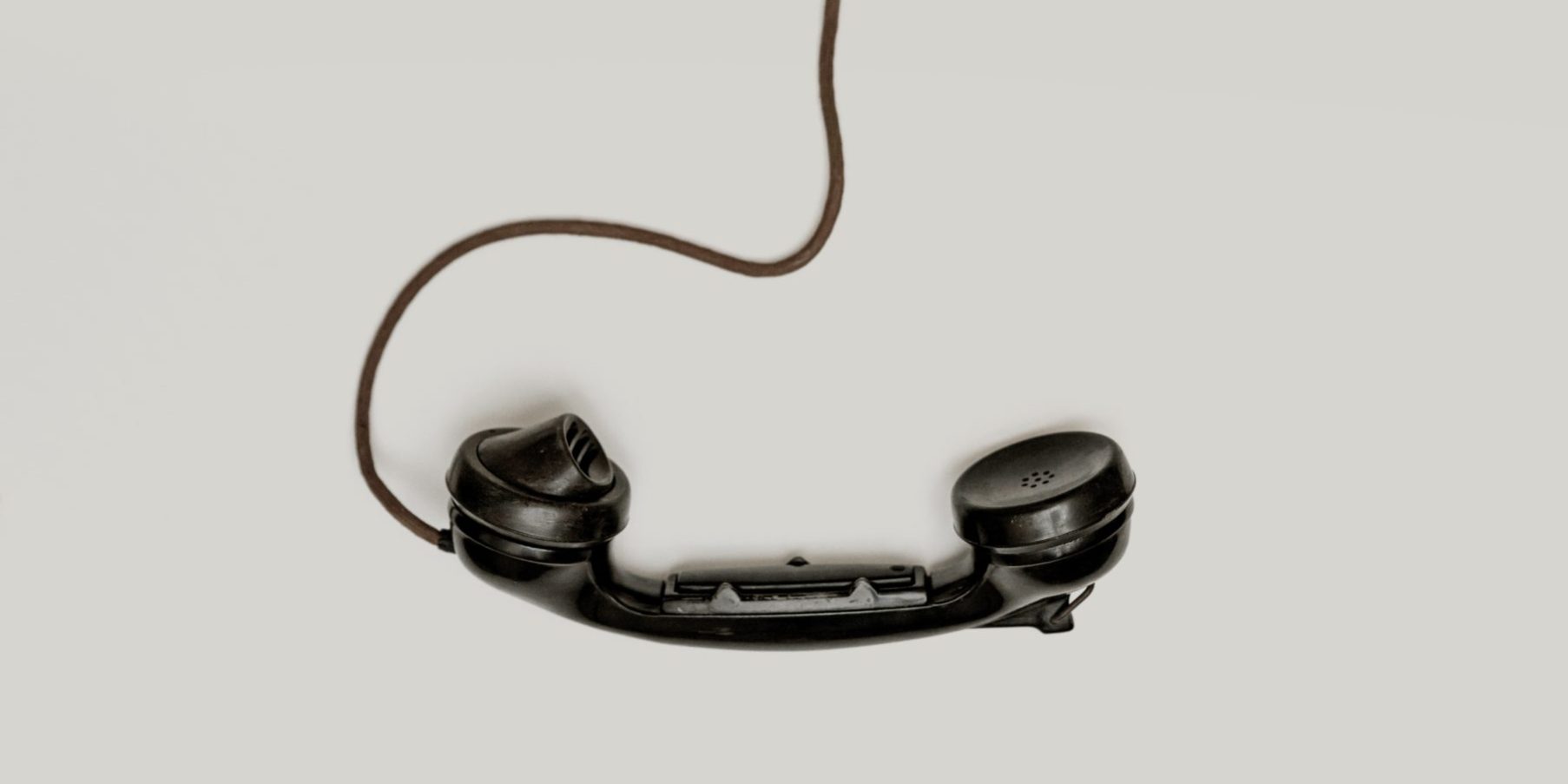Clear aligners are simply the fastest growing component of the orthodontic market globally. Players in this market include the likes of 3M, Align Co. and ClearCorrect, with Invisalign currently dominating the market, hovering around 80% market share.
More than 40 patents of Invisalign expired in October 2017, and many remaining patents expired by the end of 2019. This provides an opened floodgate for all sorts of competition in this market, all in the name of “disrupting health care.” Initially the main selling points of clear aligners were comfort and esthetics for the patient. This provided the clinician with a predictable case and a happy patient. “Happy patient – happy doc.”
However, to further disrupt the market, companies such as Smile Direct Club have done away with clinical evaluations, forwarding directly to “telehealth.” With digital scanners, patients can have a 3D model of their teeth, clear aligners manufactured, provided with a typical treatment time of 5-10 months. To make things even easier, patients can skip the digital scanning and just send in impressions of their teeth through the mail. Understandably, this has ignited much debate in the dental community.
Within its short time in existence, many of Smile Direct Club’s practices are labeled as illegal by the dental boards of Alabama and Georgia. The company also has more than a thousand Better Business Bureau complaints. Even its chief clinical officer is at a risk of losing his license in the state of California. The concern is truly basic. How can one safely and predictably move teeth in bone, when there is no consideration of the periodontium, potential trauma or function?
To control potential harm to patients, California has recently passed legislation that demands that the patient’s preoperative radiographs are to be reviewed by the treating dentist before the start of treatment. Through this legislation, patients also have the right to know who their treating dentists are. Patients are also allowed to forward complaints about the treatment rendered to their state dental board.
Logically, the data on treatment outcomes and stability from “telehealth orthodontic” companies are closely guarded.
So how can clinicians respond, when asked about their thoughts on telehealth orthodontics?
Simple, we present that facts, and allow our patients to decide.


